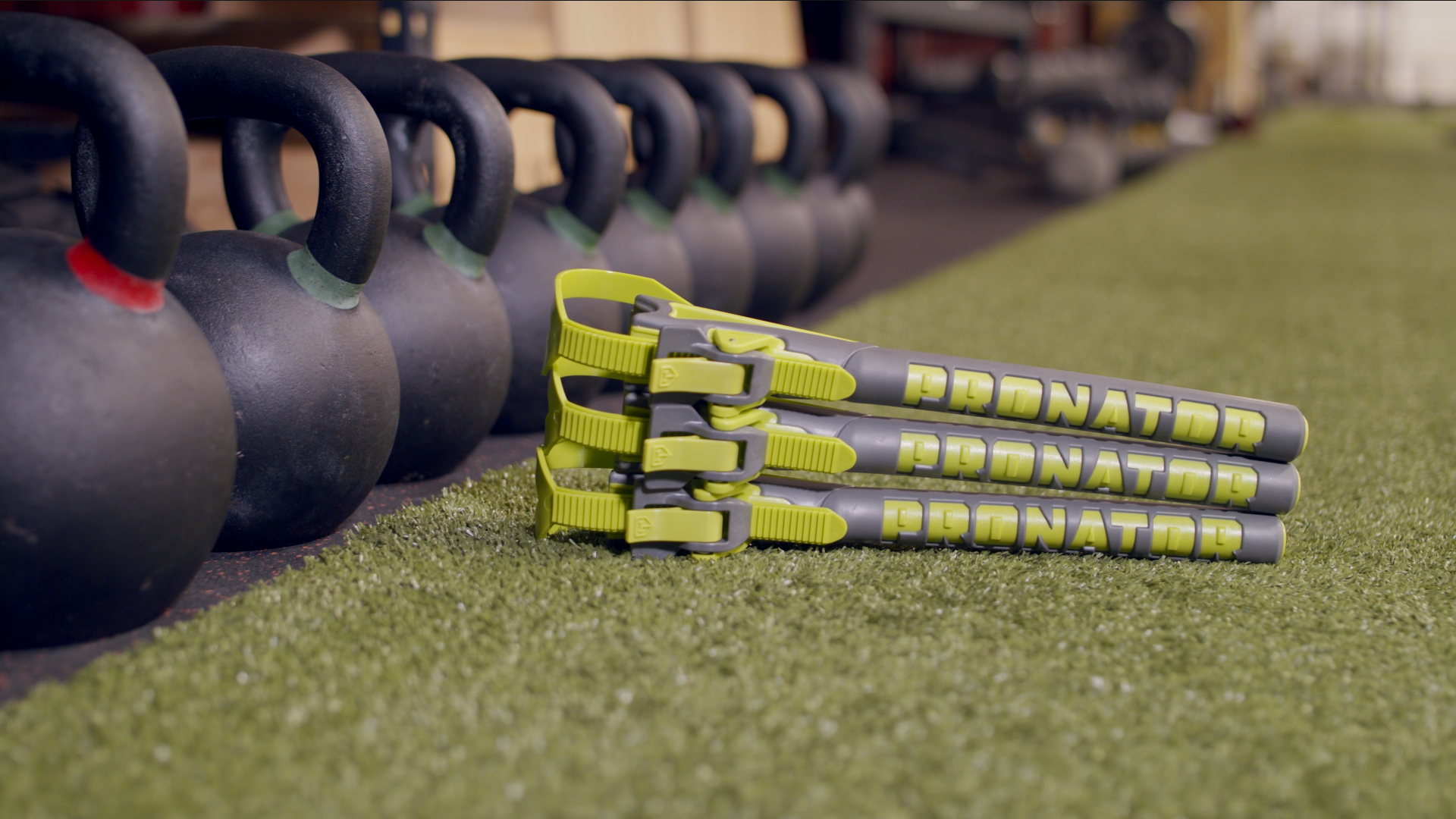Myofascial Release
Releasing the pronator teres, a key muscle in the forearm, is essential for individuals experiencing tightness, discomfort, or conditions like pronator syndrome. In this post, we’ll explore various techniques and exercises to effectively release and stretch the pronator teres muscle, helping to alleviate discomfort and improve forearm function.
Introduction
The pronator teres is one of the major muscles in the forearm responsible for pronating – or turning – the forearm. When tight or strained, it can lead to discomfort, reduced mobility, and conditions like pronator syndrome. Understanding how to effectively release this muscle can aid in alleviating these symptoms and improving overall arm function.
Anatomy of the Pronator Teres
Before diving into the release techniques, it’s important to understand the pronator teres muscle. This muscle runs from the inside of the elbow, across the forearm, to just below the middle of the forearm. It plays a crucial role in turning the palm downwards.
Symptoms of Pronator Teres Tightness
- Pain in the forearm, especially during activities involving turning the wrist or gripping
- Reduced range of motion in the forearm
- Numbness or tingling in the hand and fingers

Techniques to Release the Pronator Teres
1. Manual Massage
- Technique: Use your fingers or a massage tool to apply pressure to the muscle, moving along its length from the elbow to the mid-forearm.
- Benefits: Helps in breaking up muscle knots and improving blood flow.
2. Foam Rolling
- Technique: Place a foam roller on a flat surface and roll your forearm over it, focusing on the area where the pronator teres is located.
- Benefits: Similar to massage, it helps in relieving muscle tightness and improving circulation.
3. Stretching Exercises
- Wrist Flexor Stretch: Extend your arm with your palm facing downwards and gently pull back on your hand.
- Pronator Stretch: Keep your elbow extended and turn your palm upwards; use the other hand to increase the stretch gently.
- Benefits: These stretches help in elongating the muscle fibers and improving flexibility.
4. Trigger Point Therapy
- Technique: Identify tender points along the muscle and apply gentle, sustained pressure using your fingers or a tool.
- Benefits: Helps in releasing trigger points that contribute to muscle tightness and pain.
Integrating Pronator Teres Release into Your Routine
To effectively release the pronator teres, consistency is key. Here’s how you can integrate these techniques into your daily routine:
- During Work Breaks: Take short breaks to stretch and massage the forearm, especially if you perform repetitive tasks.
- Pre and Post-Exercise: Incorporate forearm stretches and foam rolling into your warm-up and cool-down routines.
- At Home: Dedicate a few minutes each day to these techniques, particularly if you’re experiencing tightness or discomfort.
Common Mistakes to Avoid
When releasing the pronator teres, be aware of these common pitfalls:
- Overpressure: Applying too much pressure can aggravate the muscle, leading to increased discomfort.
- Neglecting Other Forearm Muscles: Focusing solely on the pronator teres while ignoring other forearm muscles can lead to imbalances.
- Ignoring Pain: If you experience sharp or persistent pain while performing these techniques, stop and consult a healthcare professional.
When to Seek Professional Help
If self-release techniques do not alleviate the tightness or if you experience persistent pain, it’s important to seek professional advice. A physical therapist or other healthcare provider can offer:
- Targeted Therapy: Tailored exercises and manual therapy techniques.
- Diagnosis of Underlying Conditions: Such as pronator syndrome or other nerve-related issues.
- Advanced Treatment Options: Including ultrasound therapy, dry needling, or specific stretching and strengthening programs.
Supporting Your Forearm Health
Alongside direct pronator teres release techniques, consider these additional tips to support overall forearm health:
- Regular Exercise: Engage in activities that strengthen and stretch the forearm muscles.
- Ergonomic Workspace: Ensure your workstation is set up to minimize strain on your arms and wrists.
- Balanced Diet: Consume a diet rich in anti-inflammatory foods to aid in muscle recovery and health.
Conclusion
Releasing the pronator teres muscle is an important aspect of maintaining forearm health, especially for individuals prone to tightness due to repetitive motions or specific conditions like pronator syndrome. By incorporating manual massage, foam rolling, stretching exercises, and trigger point therapy into your routine, you can effectively manage tightness in the pronator teres. Remember, if you experience persistent discomfort or pain, it’s crucial to consult a healthcare professional for a tailored approach to your condition. With the right techniques and consistent practice, you can achieve greater comfort and functionality in your forearm.



